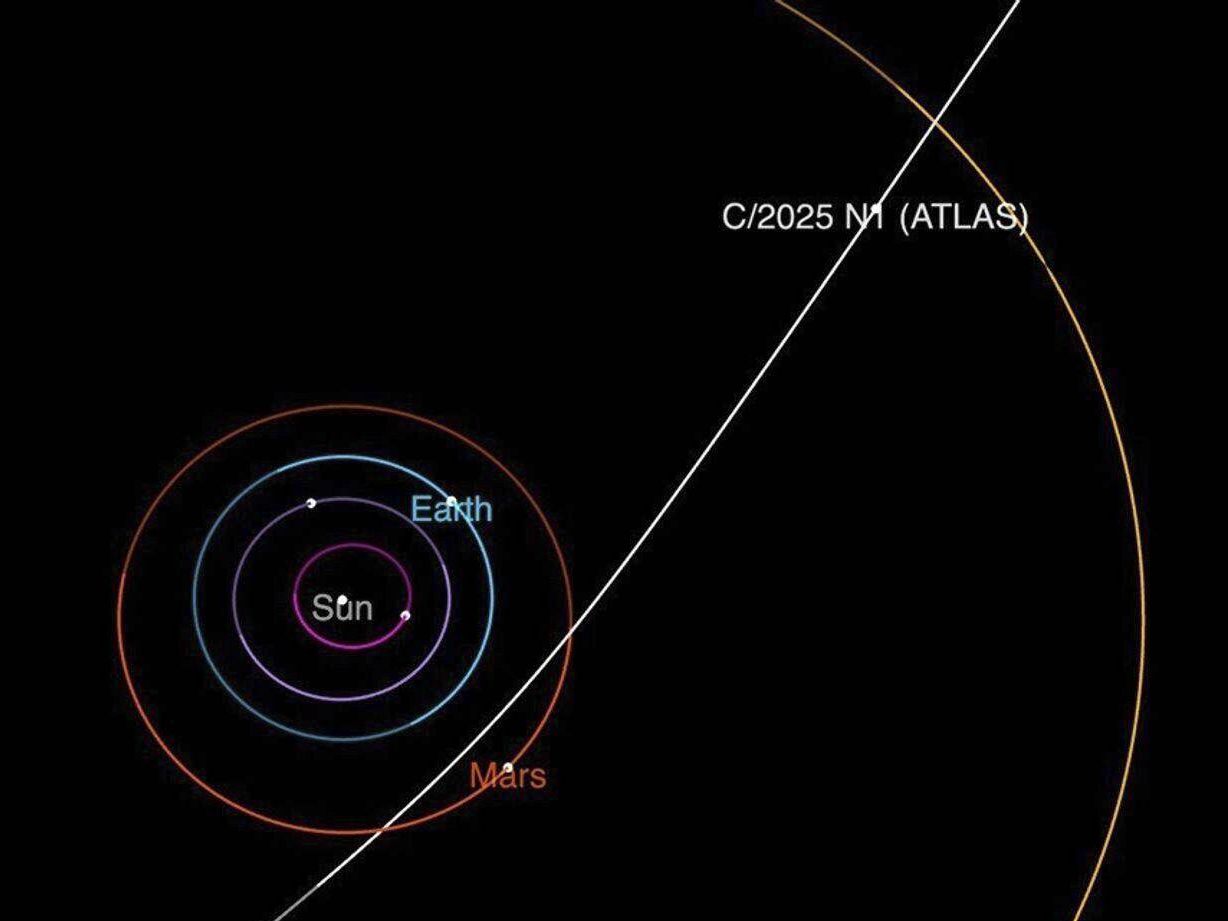Astronomical Highlight: Interstellar Giant 3I/ATLAS Visits Our Solar System

3I/ATLAS is not an ordinary comet or asteroid. Its designation "3I" stands for "third interstellar visitor" discovered in our solar system. What makes it special: It is the largest known object that does not originate from our own star system. It was discovered by the ATLAS telescope in Chile, an automated system for warning of near-Earth objects. Its extreme speed and trajectory leave no doubt: 3I/ATLAS is a true cosmopolitan, passing our home star on a journey through the Milky Way by chance.
Comet, Asteroid, or an Extraterrestrial Artifact?
The question of the true nature of 3I/ATLAS excites the scientific community. Normally, interstellar objects – like the famous 'Oumuamua before it – are difficult to classify because they often behave atypically. The renowned Harvard professor Avi Loeb, who already proposed the theory of a possible "alien artifact" with 'Oumuamua, is also involved with an exciting assessment of 3I/ATLAS. He stimulates the discussion: Is it a completely normal comet whose behavior we simply do not yet fully understand, or does this celestial body hold an even greater secret? The possibility that it could be a kind of crashed or drifting spacecraft from a distant civilization is speculative, but in astronomy, it is always a fascinating thought experiment that encourages more detailed investigations.
No Danger, but a Huge Opportunity for Science
For Earth, 3I/ATLAS poses no direct threat. Its trajectory safely leads it past our planet, and the sun is also not in danger of being hit. Nevertheless, its approach is a once-in-a-century event for research. Interstellar objects offer a unique opportunity to directly study material from other star systems. They are like cosmic messages in a bottle, providing insights into the composition and development of foreign celestial bodies without us having to travel there ourselves. Observing 3I/ATLAS will help astronomers learn more about the formation of stars and planets in other galaxies and perhaps even answer the question of the frequency of life in the universe to some extent. The scientific community eagerly awaits the upcoming data and analyses that 3I/ATLAS will provide us.
Questions and Answers About 3I/ATLAS
What distinguishes an interstellar object from a normal comet or asteroid?
Interstellar objects do not originate from our solar system but from the depths of space. Normal comets and asteroids, on the other hand, orbit the sun and are part of our own system.
Will 3I/ATLAS hit the sun or the Earth?
No, 3I/ATLAS poses no threat to the Earth or the sun. Its trajectory safely leads it past both celestial bodies.
Why is 3I/ATLAS so important for scientists?
As a visitor from another star system, 3I/ATLAS offers a unique opportunity to study the composition of matter outside our solar system, thereby gaining new insights into the formation and development of stars and planets in the universe.
This article has been automatically translated, read the original article here.





